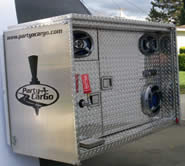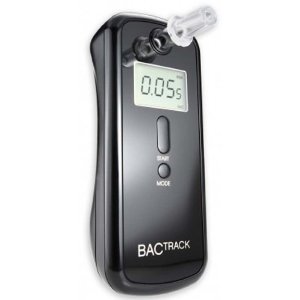 |
Drinking and driving is always a bad combination. But it can be hard to tell, once you’ve started, when it is time to call a cab. Fortunately, commercially available breathalyzers are helping people to know when that limit has been reached. This is becoming more important as new ‘buzzed driving’ laws are being put forth in many states. Even one beer can land you a ticket now in some areas – all the more reason to drink at home with your kegerator home draft system!
We’ve come a long way in breathalyzer technology – according to wikipedia, the original roadside breath device used for alcohol testing used by the police was born in 1938, and was called the drunk-o-meter. Developed by Professor Harger, the drunk-o-meter took the suspected drunk’s breath into a balloon and pumped the breath through a chemical solution that changed color if there was alcohol in the breath, and a greater alcohol level was reflected by a more extreme color change.
Now, infrared, fuel cell, and semiconductor technologies are all different ways in which different breathalyzers operate. Of these, the semiconductor, also known as a silicon oxide sensor, is the least expensive and also the least accurate of the technologies. Semiconductor breathalyzers are prone to contamination and cross readings from chemicals other than alcohol that may be present in breath, and should be checked every six months to see if they are working properly. The 2010 BACtrack S75 Pro is one of the most accurate commercially available semiconductor breathalyzers. It can measure 0.000 percent to 0.400 percent BAC (Blood Alcohol Content), takes an air sample from over five seconds, and has a sensor accuracy of +/- 0.005 percent at 0.100 percent B.A.C. This unit costs $150 or less.
A more inexpensive version of semiconductor breathalyzer is BreathScan. This unit acts like disposable pocket version of the original Drunk-o-meter, using a colorimetric change. These units only cost a few dollars each, so they are a good choice for an inexpensive glove box item, for those rare situations where one is not sure about one’s B.A.C. Keep in mind that the criminal statutes concerning DUI or the new buzzed driving laws can vary between states and countries. BreathScan offers .04%, .05%, and .08% testers to compensate for these differences.
Platinum fuel cell breathalyzers work a bit better, usually requiring only yearly maintenance. One such breathalyzer is the BACtrack S80 Professional Fuel Cell Technology Breathalyzer. This unit has a test range of 0.00 percent to 0.50 percent BAC. It features a replaceable mouthpiece, so you can test your friends breath in a sanitary fashion, Xtend Fuel Cell Sensor technology for low power consumption, and a proprietary flow check that ensures a deep-lung air sample. Comes with six mouthpieces, 2 AA batteries and hard carrying case for around $150 to $200.
Another fuel cell unit is the BreathKey Breathalyzer, a digital key chain breath alcohol tester. This unit is lightweight – weighs less than an ounce, and is certified by the FDA to be +/- 0.010 percent at 0.080 percent BAC (blood alcohol content). This breathalyzer is not as accurate as the BACtrack Pro breathalyzer, but comes considerably cheaper, right around $$50 to $70, and is made in the USA!
Apart from BreathScan, you can see how your money is probably better spent on beer for your kegerator than a breathalyzer. Drink, don’t drive.

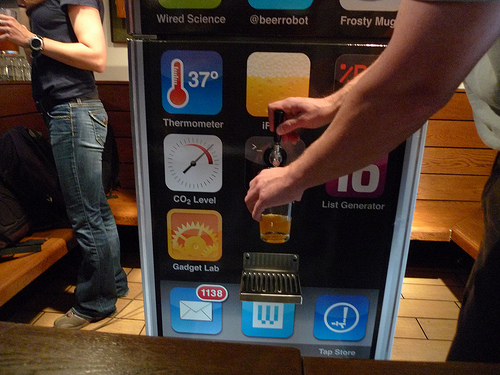

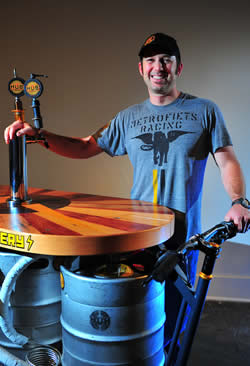
.jpg)

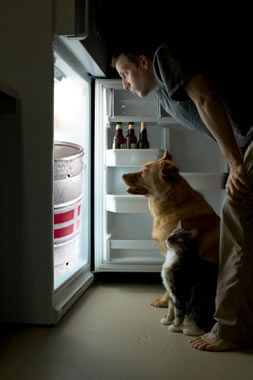

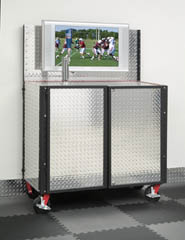
.jpg)

